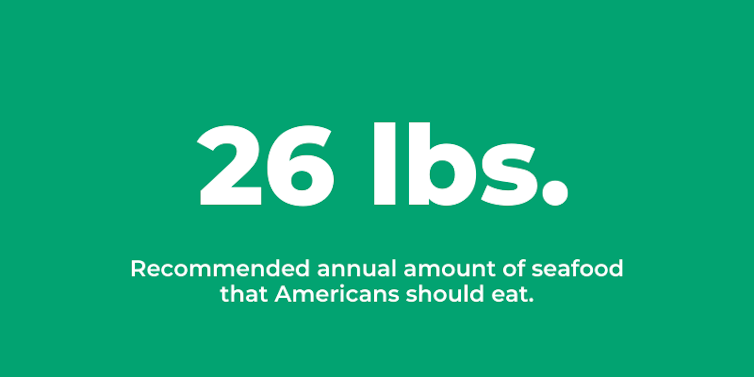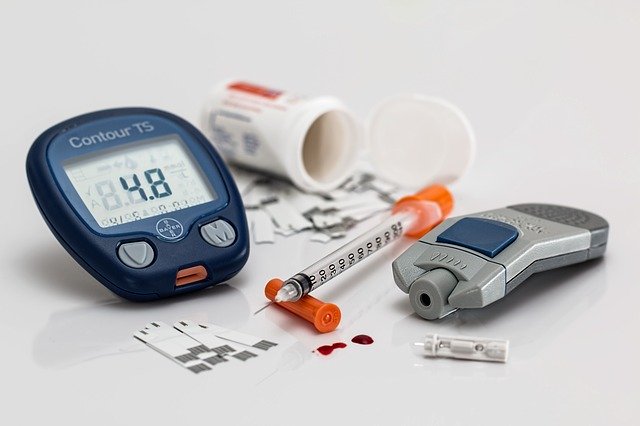Americans don’t eat enough fish and miss out on robust health benefits
Michael Tlusty, University of Massachusetts Boston

Eating fish can provide powerful advantages for the heart and brain, yet Americans eat less than half of the 26 pounds per year that experts recommend. By contrast, Americans buy seven times more chicken and beef annually than fish.
















